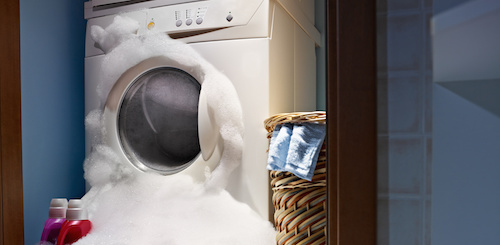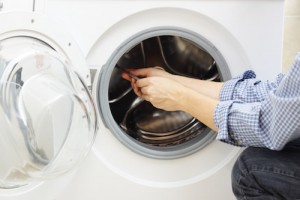 (412) 364-9114
(412) 364-9114

Has your washing machine ever overflowed? If it has, it was likely caused by a problem with the water inlet valve or level switch. Many people who see their washing machine overflowing may panic and call a service professional, thinking that the situation is critical. However, the reality is that this is a problem you can easily fix on your own. In fact, it is easy to diagnose the problem and replace the defective part without having to spend more than a few dollars. This blog post will show you a few easy, DIY techniques to fix an overflowing washing machine.
When a washing machine overflows, the water flow inside the drum either goes above the normal level or reaches the top of the door glass. Turn off the washing machine and half fill it with water. Then unplug the machine and check whether the water is still running or has stopped. If the water continues to run, there may be a problem with either the water level switch or the inlet valve.
The first thing you need to check is the pressure switch, also known as the water level switch. The pressure switch keeps a check on the water level and tells the washer to stop filling. If the water stops running after you unplug the machine, it implies there is a problem with the water level switch. Usually, the pressure switch is clogged or the tube connected to the switch vibrated off and led to overfilling.
If you could not find any issue with the pressure switch, chances are there may be a problem with the water inlet valve. If the water continues to run even after you turn off the machine, then the inlet valve needs checking.

There you go—some quick and easy steps to troubleshoot the problem of an overflowing washing machine. If you follow the above steps, you should be able to solve the issue yourself. However, if you’re not very confident in your plumbing abilities, call Terry’s Plumbing. We’re always ready to help solve all your plumbing problems.